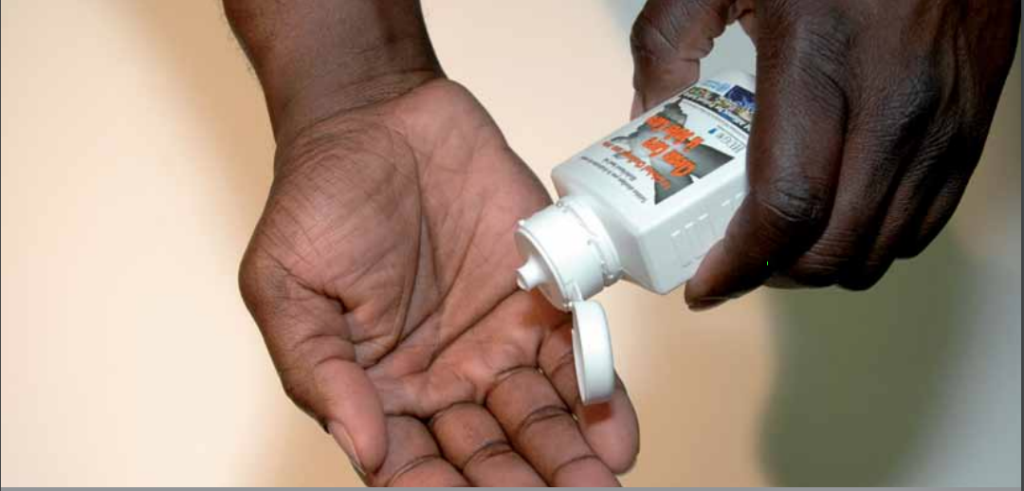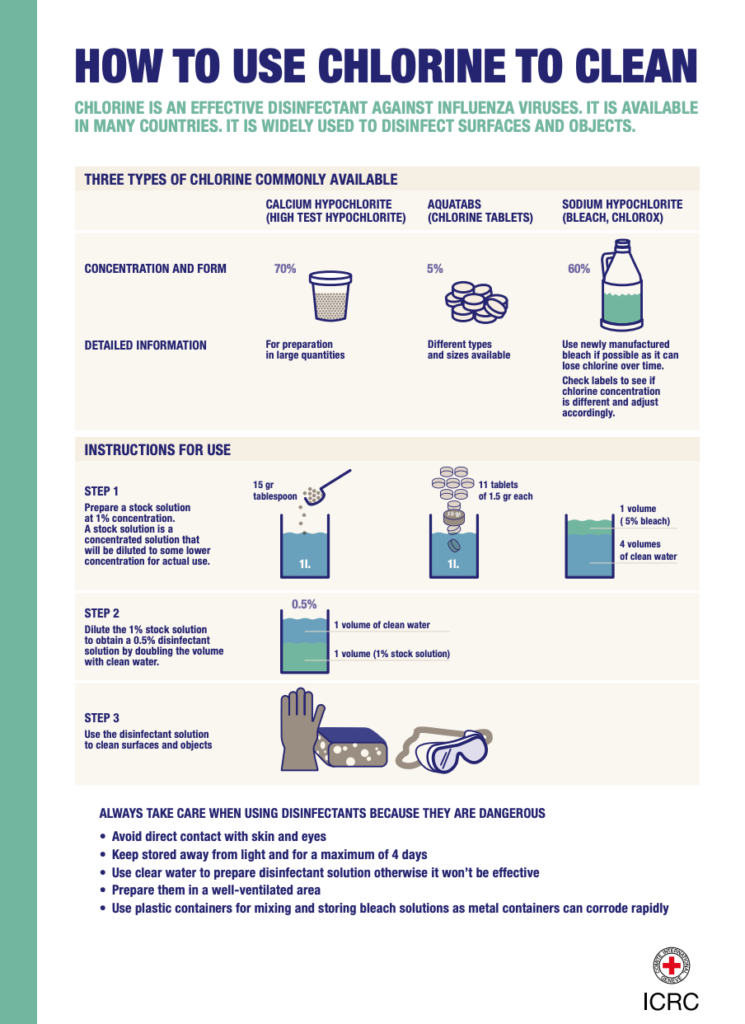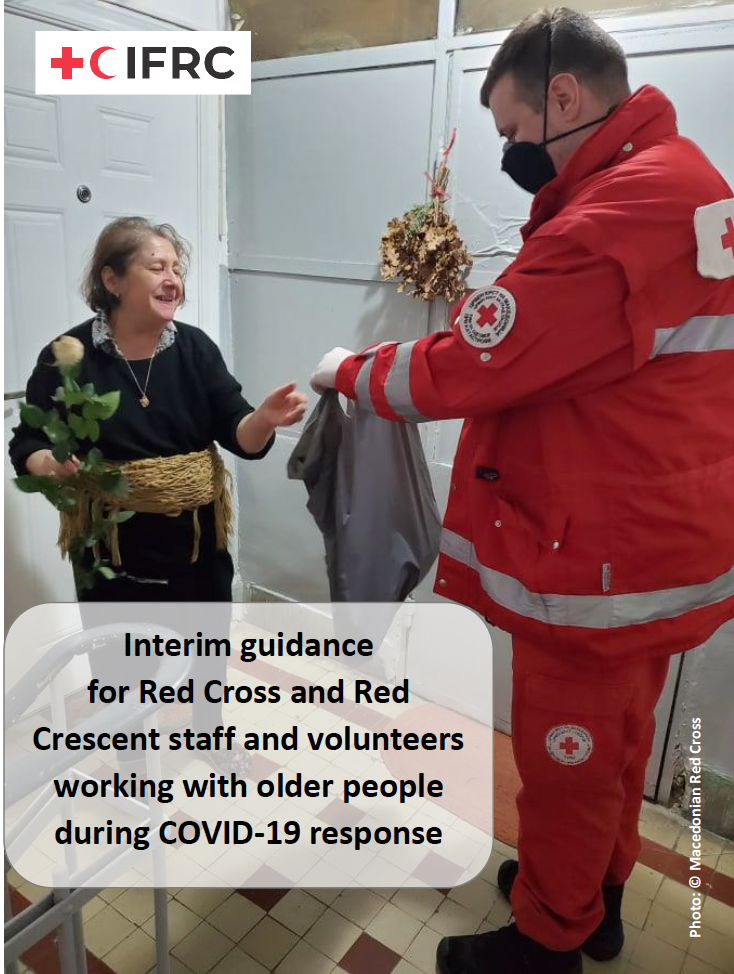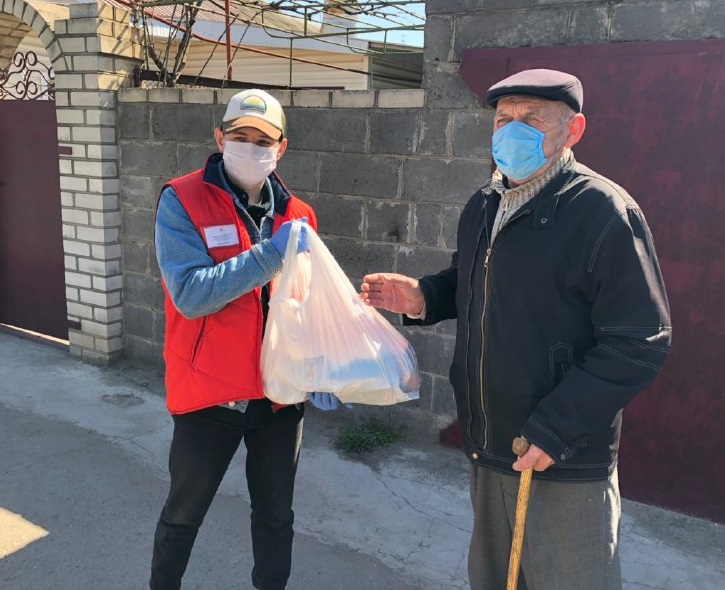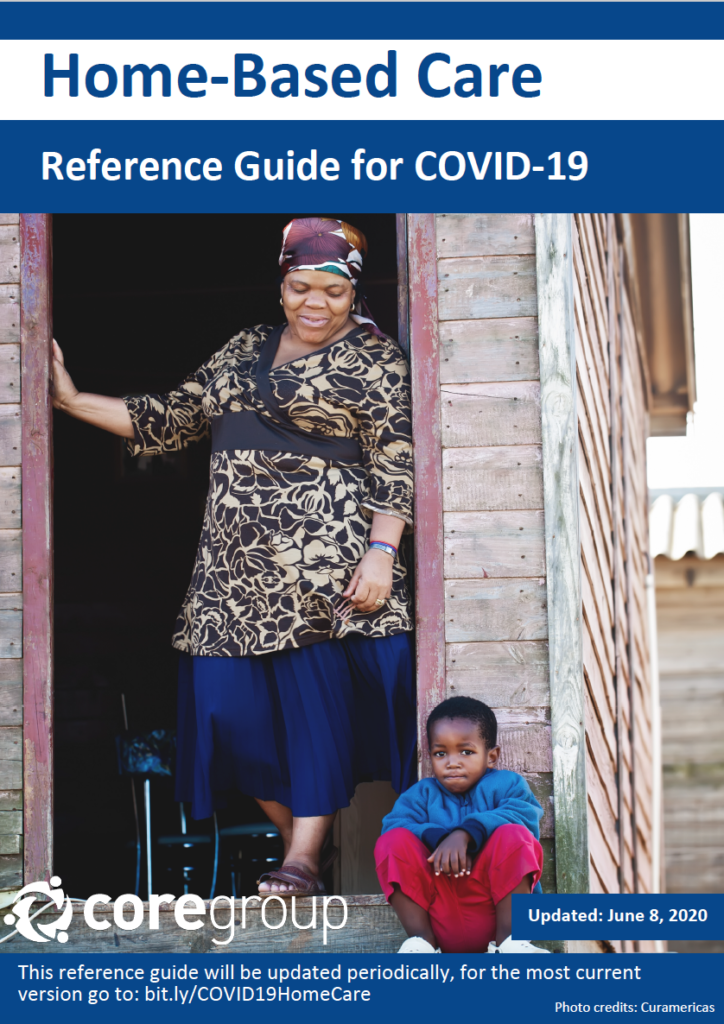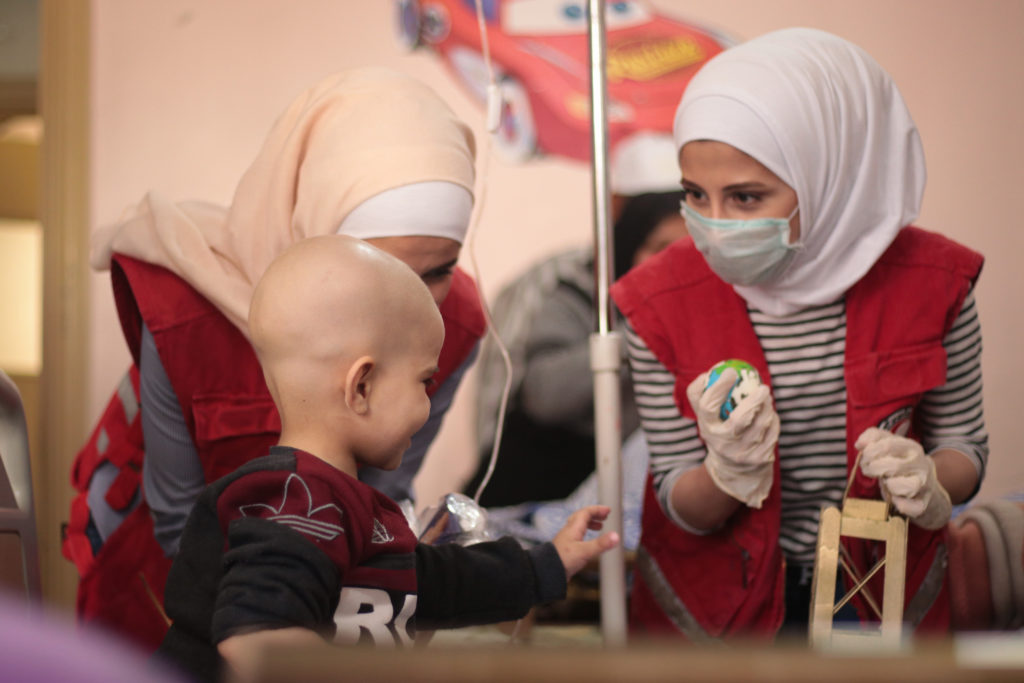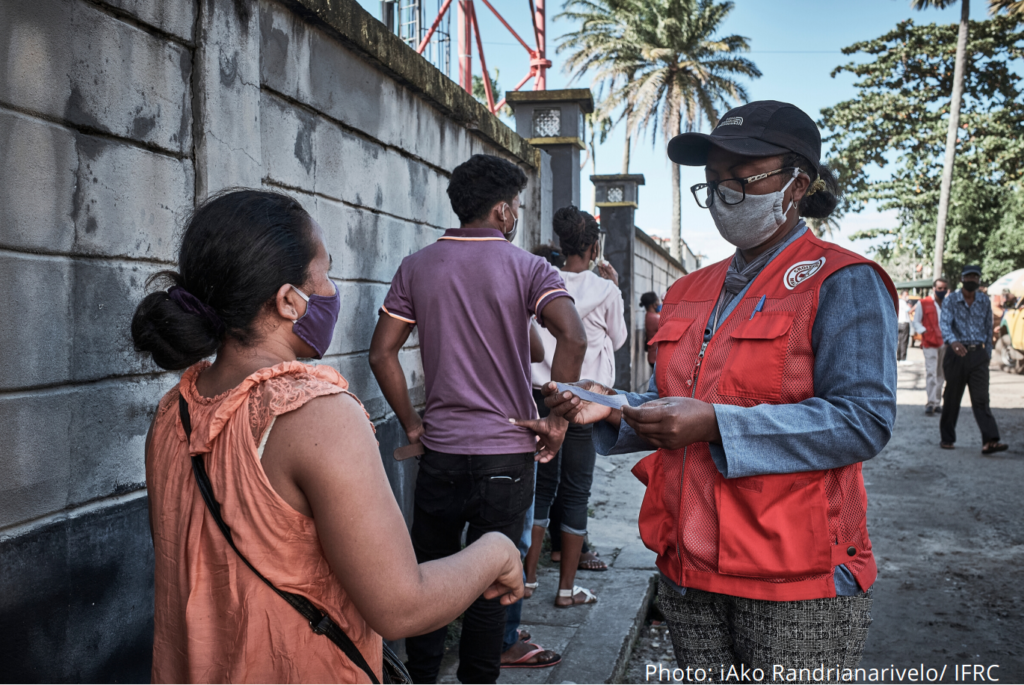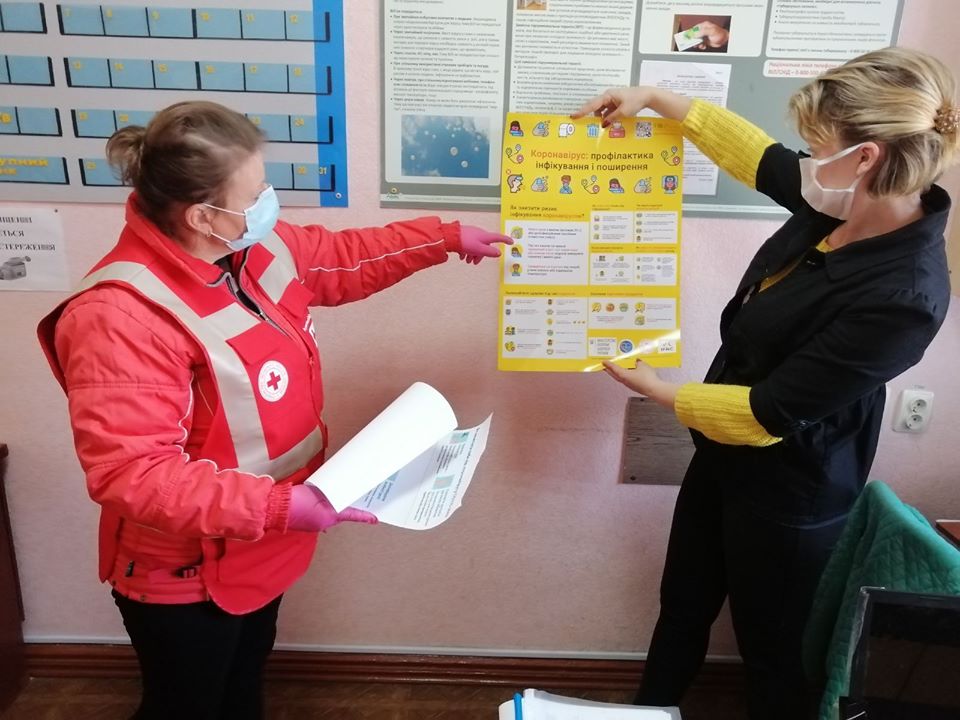WHO-recommended Handrub Formulations – COVID-19
This Guide to Local Production of WHO-recommended Handrub Formulations is separated into two discrete but interrelated sections: Part A provides a practical guide for use at the pharmacy bench during the actual preparation of the formulation. Users may want to display the material on the wall of the production unit. Part B summarizes some essential […]
WHO-recommended Handrub Formulations – COVID-19 Read More »

